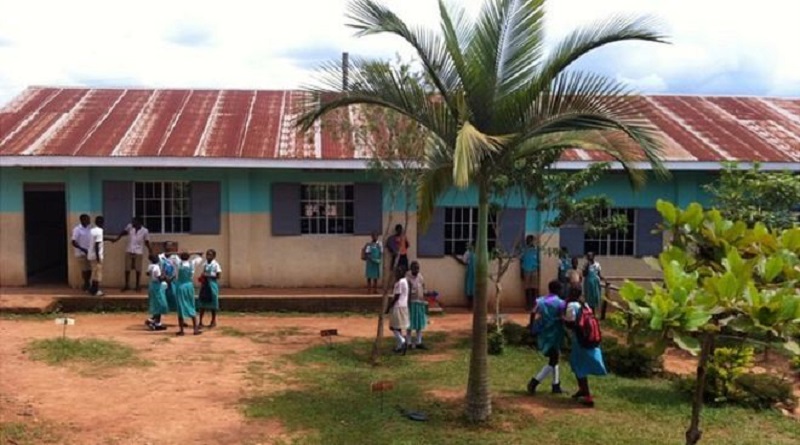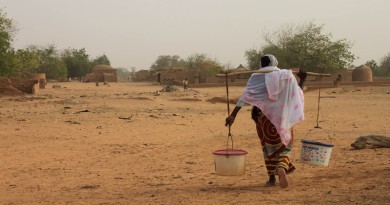Funding opportunity for Uganda ‘Green School’ NAMA
A concrete funding opportunity is on the horizon for a ‘green school’ NAMA in Uganda that aims at providing integrated sustainable energy solutions for schools throughout the country. From 16 to 19 January, the NAMA Facility will pay a due diligence site visit to the Uganda green school project, one of a dozen that were shortlisted for a site visit by the NAMA Facility in response to its 4th call for applications, which ended on 31st October.
The purpose of the site visit is to verify the initial desk assessment and expand on the information that has been provided in the application. Following the site visit, the donors will decide in spring 2017 which projects to take forward into the Detailed Preparation Phase (DPP). This phase, which can take approximately 6-12 months, is when the detailed finance mechanism will be developed and set up for full implementation and scale.
The ‘green school’ NAMA covers all types of schools and educational institutions in Uganda, translating to more than 18,000 primary schools, almost 3,000 secondary schools, and about 50 tertiary schools. The programme is expected to run until 2030.
Like many countries in Africa, one of Uganda’s primary development goals is to facilitate access to sustainable energy. The educational sector in rural areas is particularly affected, where the lack of access to electricity means that studying is limited to daylight hours. In addition, smoke from open fire cooking poses health risks for the students.
In addition to providing sustainable energy solutions, the activities proposed by this NAMA are designed to:
Create a financing vehicle for the planned large-scale rollout that is appropriate for the schools (Revolving Loan Fund), designing new business models for schools to pay back the PV installation costs, and tapping various external financing sources, such as international donors and crowd-funding);
Streamline the roles and responsibilities of public and private sector stakeholders, enhancing market involvement in implementation and strengthening overall steering by the Government, thus enabling transformational and sustainable change in the education sector.
Complement the technologies with capacity-building and awareness trainings for companies and a Life Skills Programme for youth and local communities.
The ‘green school’ NAMA was developed by the Ministry of Energy and Mineral Development of Uganda with support from the UNDP Low Emission Capacity Building Programme through generous funding by the European Union and the Australian and German Governments.
By namanews




